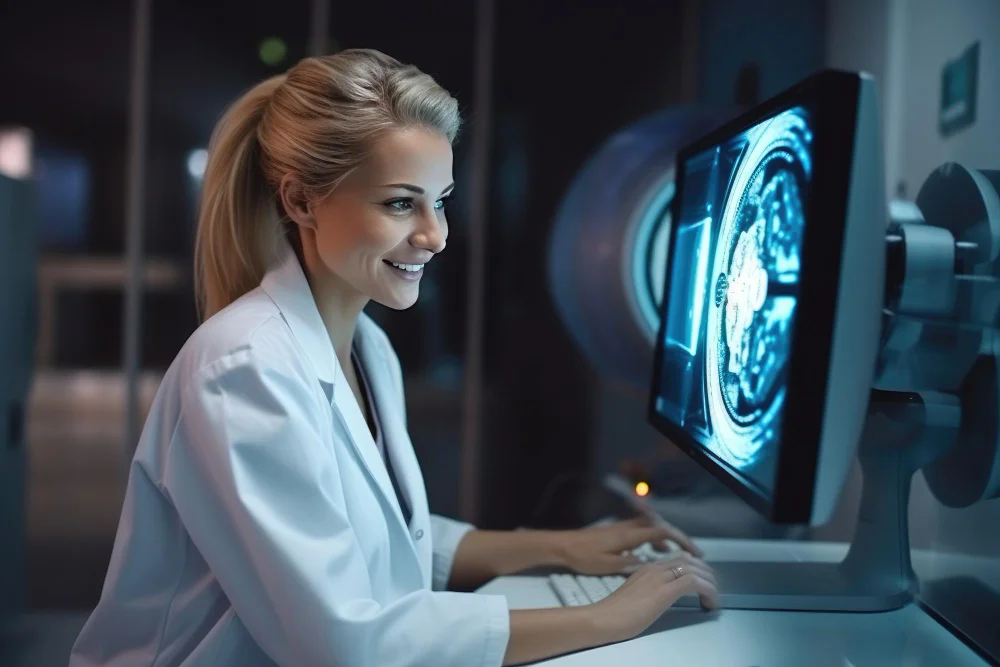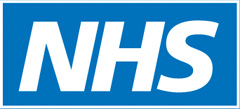New multiple choice questions (MCQs) are being piloted in the Image Interpretation e-learning programme.
The programme, which has been developed in the UK by the Society and College of Radiographers and NHS England, equips healthcare staff with the skills to interpret radiological images correctly, improving patient outcomes and reducing risks.
The new MCQs, which have been added to the obstetric learning module, are being trialled following feedback from users.
Gil Harrison, Ultrasound Programme Director at City University London and editor of the obstetric learning module, has developed the first MCQs.
Gill said: “Within the UK ultrasound training programme, we use quiz questions to check students’ understanding so I used a similar format to develop the e-learning. The questions allow you to check your understanding and knowledge in each area and highlight any further reading or study that might be required.
Completion of the MCQs and other self-assessment allows learners to generate a certificate of completion listing the areas covered and an overall score for the MCQ assessment, which can be added to a continuing professional development portfolio.
Dorothy Keane, Clinical Lead for the Image Interpretation programme, said: “We all learn more effectively when we reflect on this learning. So, self-assessment has always played a critical role in the success of this programme.
“Alongside clinical case scenarios, image interpretation exercises and other self-evaluation, the MCQs provide an additional way to enhance learning and ultimately improve your interpretation skills.”
MCQs will be added to the paediatric module over the coming weeks and, if the pilot scheme proves popular, they will be added to other modules in due course.
Launched in 2009, the Image Interpretation programme has been developed by specialist radiographers and academics from a variety of fields. Since its launch, the programme has delivered impressive results. One research study showed that this e-learning improved medical students’ chest x-ray interpretation skills by 50 per cent*.
To find out more about the Image Interpretation programme visit the website where you can complete sample sessions on anatomy of the adult skeleton, facial bones, breast imaging, cross sectional imaging and MRI.
If you have any feedback or suggestions about the new MCQs or the programme, please email Dorothy Keane via eIntegrity: enquiries@eintegrity.org
*Tamaklo E. Can e-learning improve medical students’ ability to interpret chest X-rays in comparison with electronic text? Poster, Association for the Study of Medical Education, 2012




